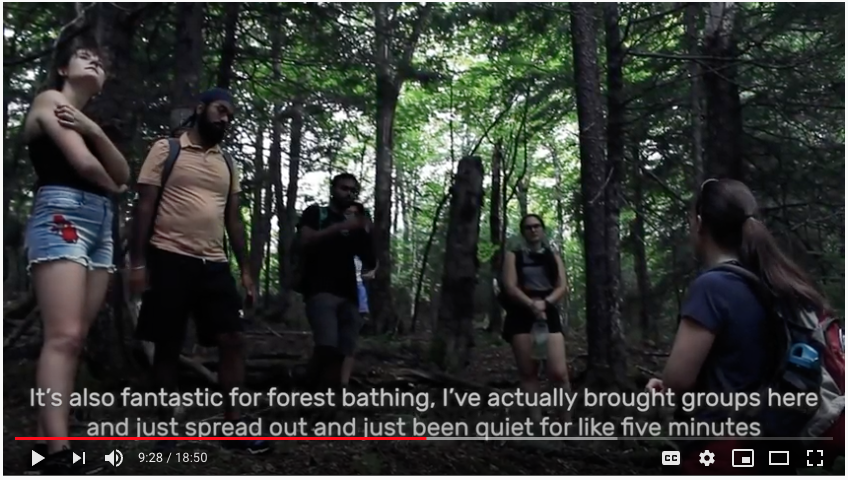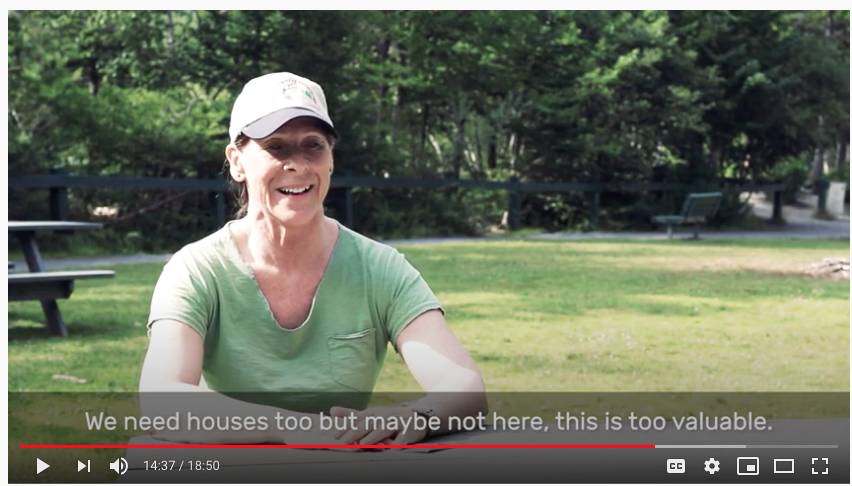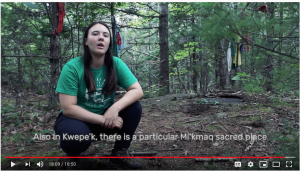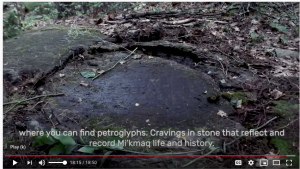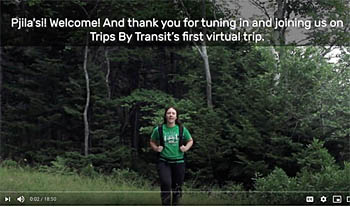 Trips By Transit is a K’jipuktuk (Halifax) based community organization that promotes citizens getting out and about in nature without having to own or have ready access to a car, or be limited by lack of familiarity with places to go.
Trips By Transit is a K’jipuktuk (Halifax) based community organization that promotes citizens getting out and about in nature without having to own or have ready access to a car, or be limited by lack of familiarity with places to go.
Trips By Transit is a non-profit organization that works towards a world where there are no barriers preventing us from connecting with ourselves, our communities, and the natural world.
TBT offers free public programming and aim to promote a culture of accessibility, inclusivity and mutual respect.
View their website at www.tripsbytransit.ca, their Facebook page at www.facebook.com/hfx.tripsbytransit and their Instagram page hwww.instagram.com/tripsbytransit
For their very first “Trips By Transit Virtual Trip”, they chose to highlight the proposed Sandy Lake – Sackville River Regional Park!
View: Come Hike With Us: Sandy Lake – Sackville River Regional Park
YouTube Video, posted Sep 11, 2020.
The video begins with an introduction to Trips By Transit (TBT). Then they acknowledge that all of TBT’s programming takes place in Mi’kma’ki, the ancestral and unceded territory the Mi’kmaq peoples; to do so has now become commonplace in K’jipuktuk, but TBT goes a step further, and explain their commitment to that acknowledgment.
Then there is short sequence which will hopefully date this video in future – they appeal to participants to follow the most up-to-date advice on how to reduce spread of Covid19.
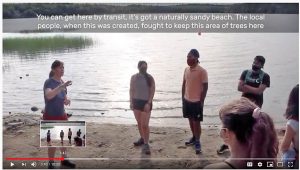 The hike, with a half dozen youthful participants, begins on the shore of Sandy Lake and proceeds into the magnificent forest on the drumlin on the northeast side of the lake. Karen McKendry (Wilderness Outreach Coordinator at the Ecology Action Centre) leads the hike and highlights various aspects of the forest ecology as they proceed.
The hike, with a half dozen youthful participants, begins on the shore of Sandy Lake and proceeds into the magnificent forest on the drumlin on the northeast side of the lake. Karen McKendry (Wilderness Outreach Coordinator at the Ecology Action Centre) leads the hike and highlights various aspects of the forest ecology as they proceed.
The photography captures much of the sense of the place. The video is accompanied by clear text of what is being said, which I realized is part of making even the video widely accessible.
The hike is followed by a discussion with Karen Robinson, Park Lands Chair of the Sandy Lake Conservation Association and Co-chair of the Sandy Lake-Sackville River Regional Park Coalition. She talks about the larger area, it’s history, its place in the Halifax Green Network, and what’s needed to protect it all.
I think Karen R. didn’t really mean “maybe” – she meant Not Here!
Finally the video ends with a really intriguing scene. It’s not in the proposed Sandy Lake – Sackville River Regional Park (SLSRRP), but very close to it and it’s in a geological formation that extends into southeastern portion of the SLSRRP. It is in the Bedford Barrens. Here is the text at the end of the video:
Indeed, I think the words of the last two sentences apply also to all of the lands of proposed Sandy Lake-Sackville River Regional Park.
Thanks so much for taking us there, Trips By Transit.
A few links
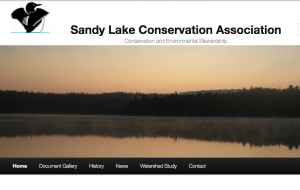 Sandy Lake Conservation Association (SLCA) (website)
Sandy Lake Conservation Association (SLCA) (website)
This organization focusses specifically on Sandy Lake and Environs, working closely with the Sackville Rivers Association.
Sandy Lake Regional Park Coalition
“The Sandy Lake Regional Park Coalition has formed to support the efforts of the Sandy Lake Conservation Association and the Sackville Rivers Association to take care of unfinished business and protect the area that stretches from the Hammonds Plains Road to the Sackville River and encompasses the three lakes and several waterways within the Sackville River Watershed through the creation of the Sandy Lake Regional Park.”
View Pamphlet
Sackville Rivers Association (SRA) (website)
The Sandy Lake watershed is a subwatershed of the Sackville River watershed. The SRA is a highly active organization which works to
1) Protect and where necessary restore the environment of the Sackville River Watershed
2) Raise awareness about the environment of the Sackville River watershed and its adjacent watersheds
3) Establish a Conservation Corridor along the length of the Sackville River
4) Provide training and advice to community groups in other watersheds as needed, to restore the environment and raise environmental awareness
Forests and surface waters of Sandy Lake & Environs (Bedford, Nova Scotia)
That’s this website. There is lots of info on the natural history of “Sandy Lake and Environs” which is more or less synonymous with “Sandy Lake-Sackvulle River Regional Park”. In the video, Karen M talked about The Acadian Forest Love Affair – read more about it here. She also talked about some of the birds and other creatures – view more about the wildlife in the report by Natural Wonders, summarized here.
Report of the Bedford Petroglyph Advisory Committee
Town of Bedford, 1992. A detailed Report on the Bedford Barrens petroglyphs.
Kekina’muek (learning): Learning about the Mi’kmaq of Nova Scotia
Published for The Confederacy of Mainland Mi’kmaq by Eastern Woodland Print Communication, Truro, NS,
October 2007. From the Introduction:
There is so much to say and so many stories to tell about the Mi’kmaq of Nova Scotia. This manual by no means presumes to tell it all. Rather we have tried to tell a little about a variety
of aspects of Mi’kmaw life and history—past and present—and hope to instill an interest that will leave the reader wanting to explore the story of the Mi’kmaq a little further. It is a story of
a people who have survived challenges and hardships and managed to maintain pride in their history and strong cultural values. It is a testament to the numerous contributions the Mi’kmaq have made to support and enhance the cultural mosaic we now call Nova Scotia.The Mi’kmaq have always been here, are here today, and will continue to be here for millennia to come, sharing their stories and experiences. The title “Kekina’muek” is a Mi’kmaw word for
“study” or “learn.” We hope all readers will enjoy our legacy, learn of our present day life, and look forward to sharing a prosperous future with us.
Trips by Transit
Visit their website at www.tripsbytransit.ca
Visit their Facebook page at www.facebook.com/hfx.tripsbytransit.
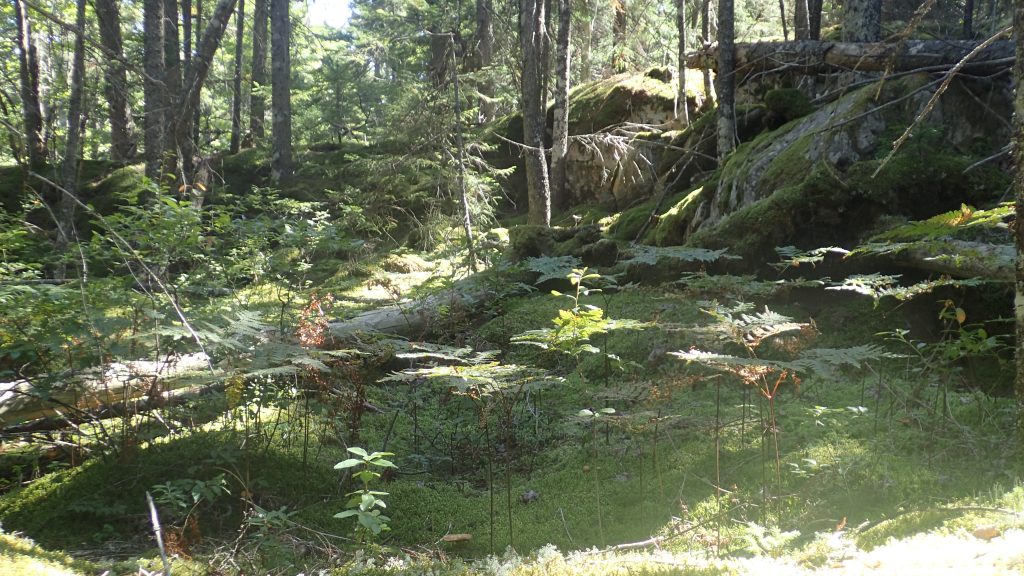
Moraine Brook Forest in the Jack lake Lands, which lie within the proposed SL-SRRP, is close to and is in the same terrain as the Bedford Barrens petroglyphs. Click on image for a larger version of this idyllic scene, a moist terrace between ‘whale backed’ quartzite ridges in a hemlock-red spruce-yellow birch forest. A lot of this terrain now lies within residential neighbourhoods of Halifax. Places such as this give us a sense of the land as it existed when the Mi’kmaki people were its sole warden. They are places for “peaceful reflection”.

